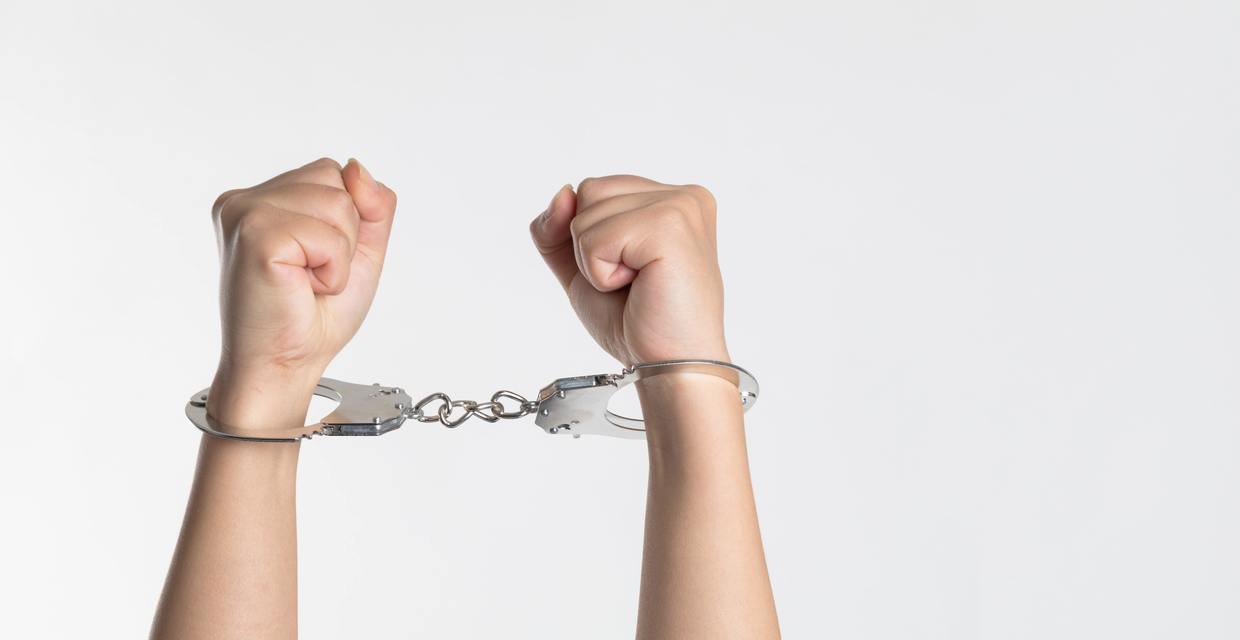What to do if you find yourself in handcuffs just like the person who abused you
- By Shelley Flannery
Your partner has a history of abusing you. Most of the time, you go into self-preservation mode and endure it. But this time, you defended yourself. You hit back, scratched or bit your partner to get free.
The police show up and question you both. They arrest your partner. But instead of treating you like the victim, they arrest you too. What gives? It’s called a dual arrest, and it can be devastating.
Dual Arrests Explained
A dual arrest describes a situation in which more than one arrest is made during a domestic violence incident. In other words, both parties are arrested since they both committed assault. Never mind that one of them was acting in self-defense. And, unfortunately, dual arrests are pretty common, as nearly half of U.S. states and all of Canada still have mandatory arrest laws.
Mandatory arrest laws dictate that when officers respond to a domestic violence call, they must make at least one arrest. The idea behind mandatory arrest laws was to protect the victim by separating the parties. But they often lead to victims being arrested in addition to abusers when:
- Officers misconstrue mandatory arrest laws and believe they must arrest anyone who committed assault, even if it was in self-defense.
- Department policies surrounding mandatory arrests take away officer discretion.
- Officers are unable to determine who the abuser is or believe the abuse is mutual.
What’s Being Done About Dual Arrests?
In 2019, 28 states had adopted “dominant aggressor laws,” giving officers more discretion in domestic violence cases. Dominant aggressor laws dictate officers arrest the person who is the main perpetrator of abuse. Different from the “primary aggressor laws” of the 90s, dominant aggressor laws encourage officers to look at the totality of circumstances and not only who became physical first.
“Sometimes victims have to use force first in order to stop an attack,” says Mark Wynn, a police consultant and lecturer. “In the past, that’s been difficult for police to understand. In fact, primary aggressor/dominant aggressor issues are still a problem for us. It’s the number one topic I am requested to teach about, bar none.”
Still, they seem to be helping. In a study of more than 3,000 domestic violence incidents across the U.S., dual arrests occurred an average of 8.6 percent of the time in states with dominant aggressor laws, whereas states without such laws averaged 19 percent dual arrests, according to The Advocates for Human Rights.
What to Do If You’re Arrested
While dual arrests still happen, Wynn urges domestic abuse survivors not to let fear of arrest keep you from calling the police or protecting yourself.
“As a victim, you have a right to self-defense,” he says. “Of course, the force used by the victim has to be reasonable. Shooting someone while they’re asleep because they abused you an hour earlier, isn’t considered reasonable. But fighting back in self-defense is.”
When police arrive, do your best to stay calm, which Wynn acknowledges can be difficult for survivors, particularly those affected by trauma. Provide as much detail and context as possible, including how you felt during the incident. Were you in fear for your life? Your children’s lives?
If you are arrested, comply with the officers.
“Obviously, do not resist arrest,” Wynn says. “That will only make things worse.”
After you’re read your rights, remain silent or ask to speak to a lawyer. Police are not permitted to question you after that. Victims often think that if they can just explain their story again, better, they will be released. That is not the case. Making a statement after arrest can only serve to incriminate you.
Content retrieved from: https://www.domesticshelters.org/articles/after-abuse/i-got-arrested-too-now-what?utm_source=newsletter&utm_medium=email&utm_campaign=june07.

